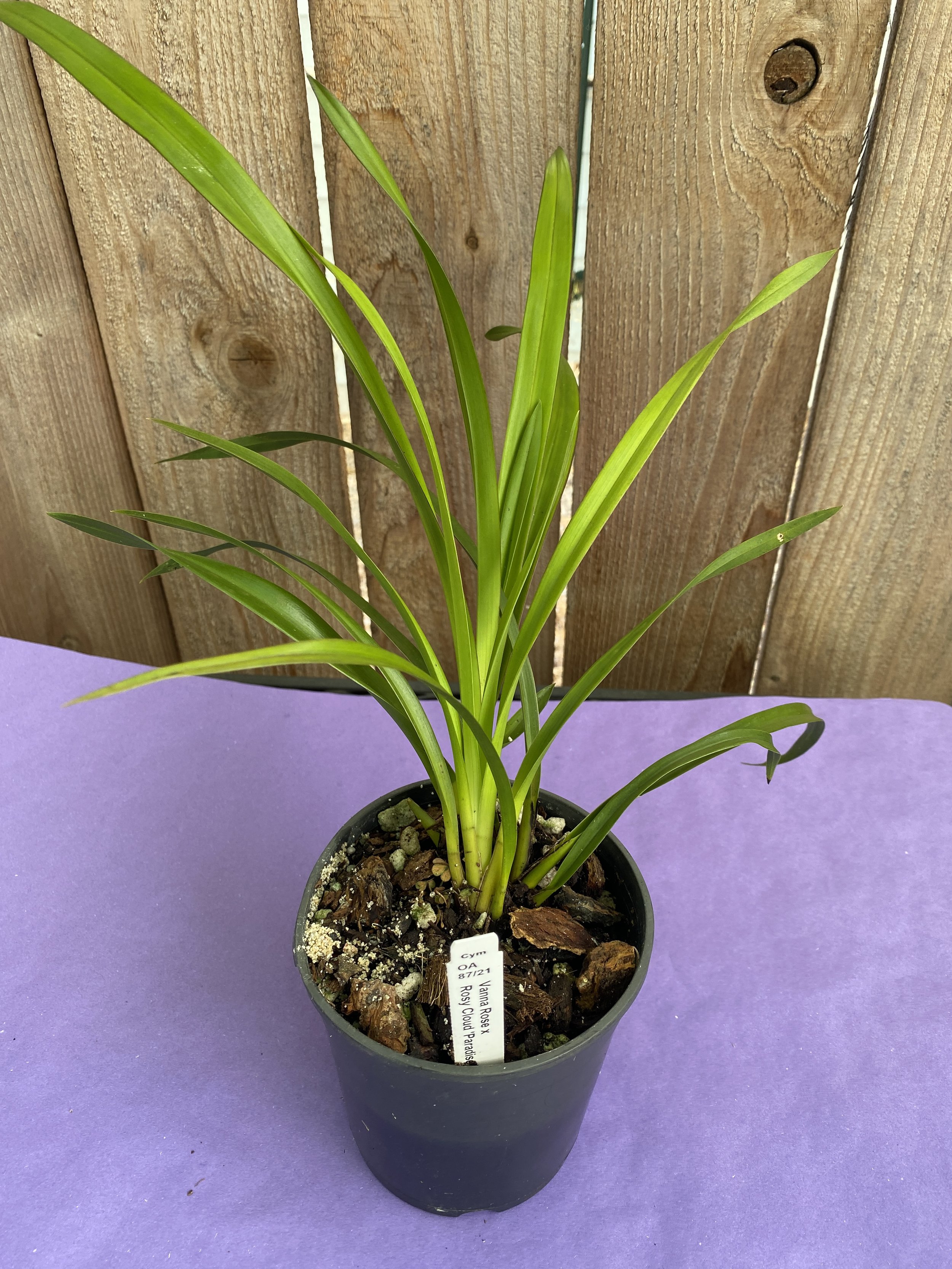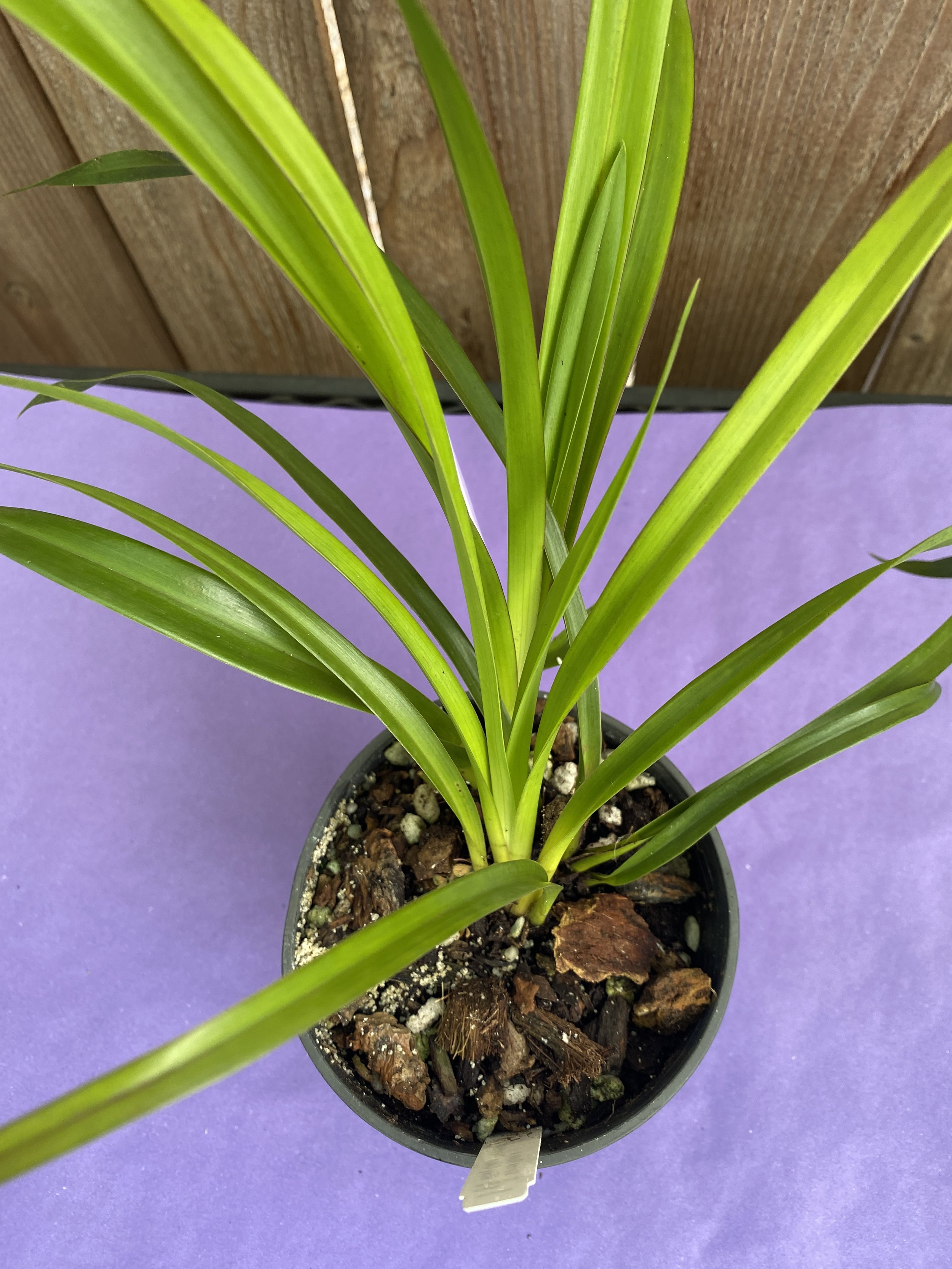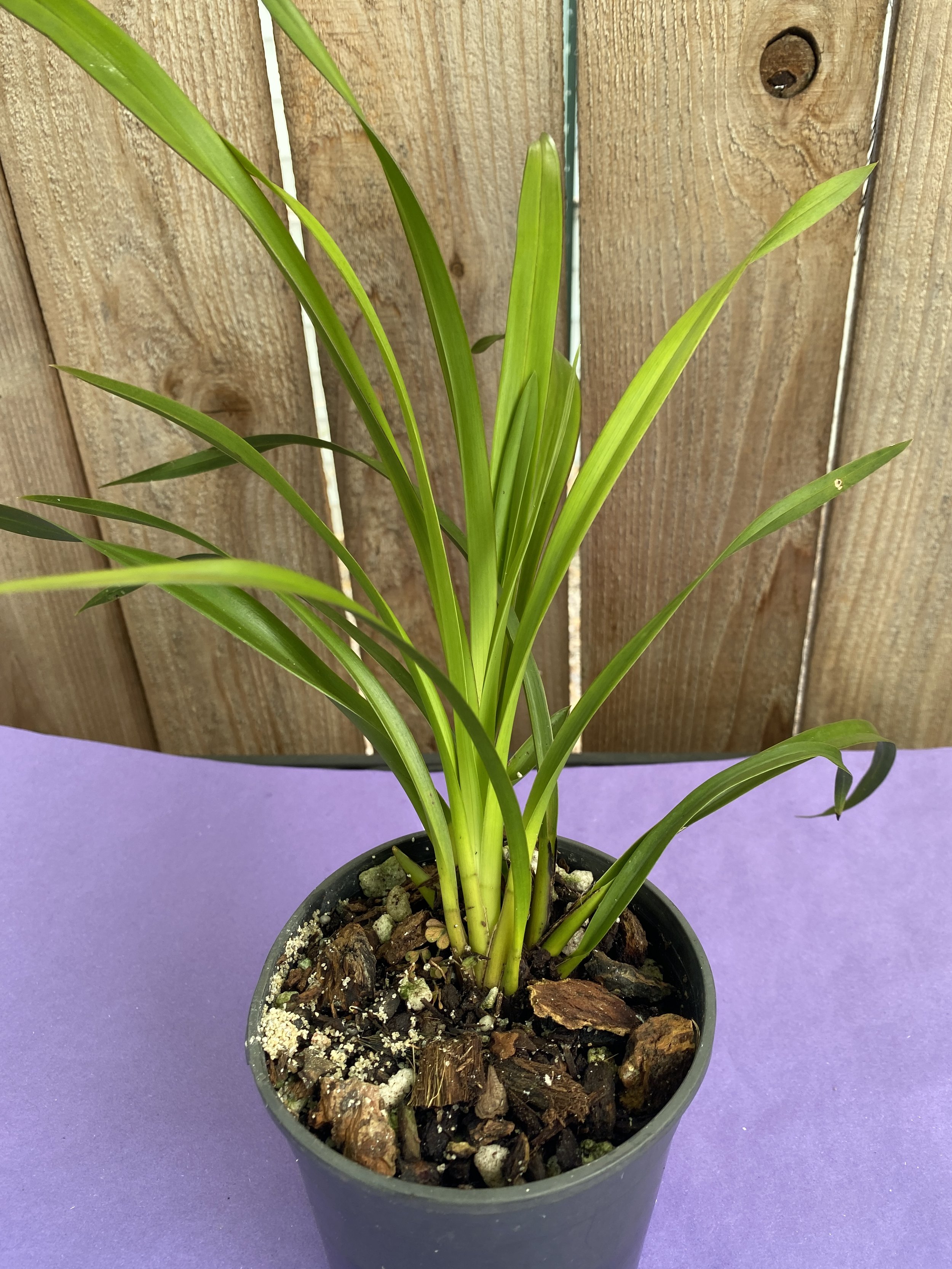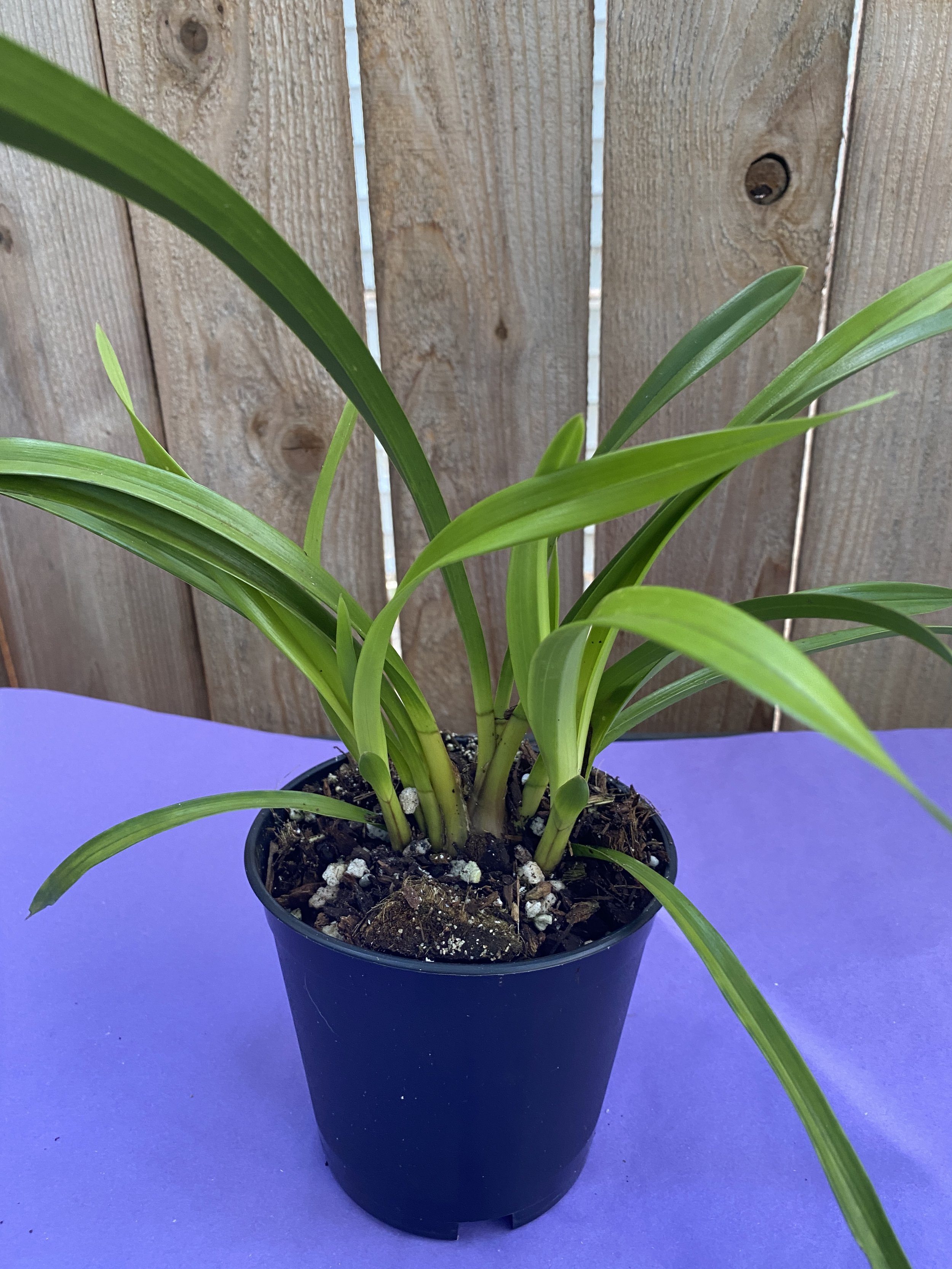Caring for Your Ramble On Rose #5 x Elderberry Wine Rose
1. Location and Light
Choose a sunny spot for your rose to thrive. They prefer full sun, receiving at least 6-8 hours of direct sunlight daily. Ensure the location has good air circulation to prevent disease.
2. Soil Preparation
Plant your rose in well-draining, nutrient-rich soil. A mix of compost and loamy soil works best. Ensure the pH is slightly acidic to neutral (6.0 to 7.0).
3. Watering
Water regularly, especially during dry spells. Aim for deep watering to encourage strong root growth. Avoid overhead watering to minimize the risk of fungal diseases. Water in the morning to help the foliage dry quickly.
4. Fertilization
Fertilize your rose in early spring using a balanced rose fertilizer. Follow the manufacturer's directions. A second application can be made in mid-summer to promote blooming.
5. Pruning
Prune your rose in late winter or early spring before new growth begins. Remove dead or damaged wood and shape the plant by cutting back excessive growth. Aim to maintain an open center for airflow.
6. Pest and Disease Management
Regularly inspect your plant for pests such as aphids or spider mites. Use organic or chemical pest control as needed. Keep an eye out for common rose diseases, including powdery mildew and black spot. Good air circulation and proper pruning can help prevent these issues.
7. Mulching
Apply a layer of organic mulch around the base of the plant to retain moisture, suppress weeds, and improve soil quality over time. Make sure to keep the mulch a few inches away from the stem to prevent rot.
8. Winter Care
In colder climates, protect your rose during the winter months by covering the base with mulch or straw and wrapping the plant with burlap. This helps insulate the plant from freezing temperatures.
By following these care tips, your Ramble On Rose #5 x Elderberry Wine Rose will flourish and produce beautiful blooms for years to come.




